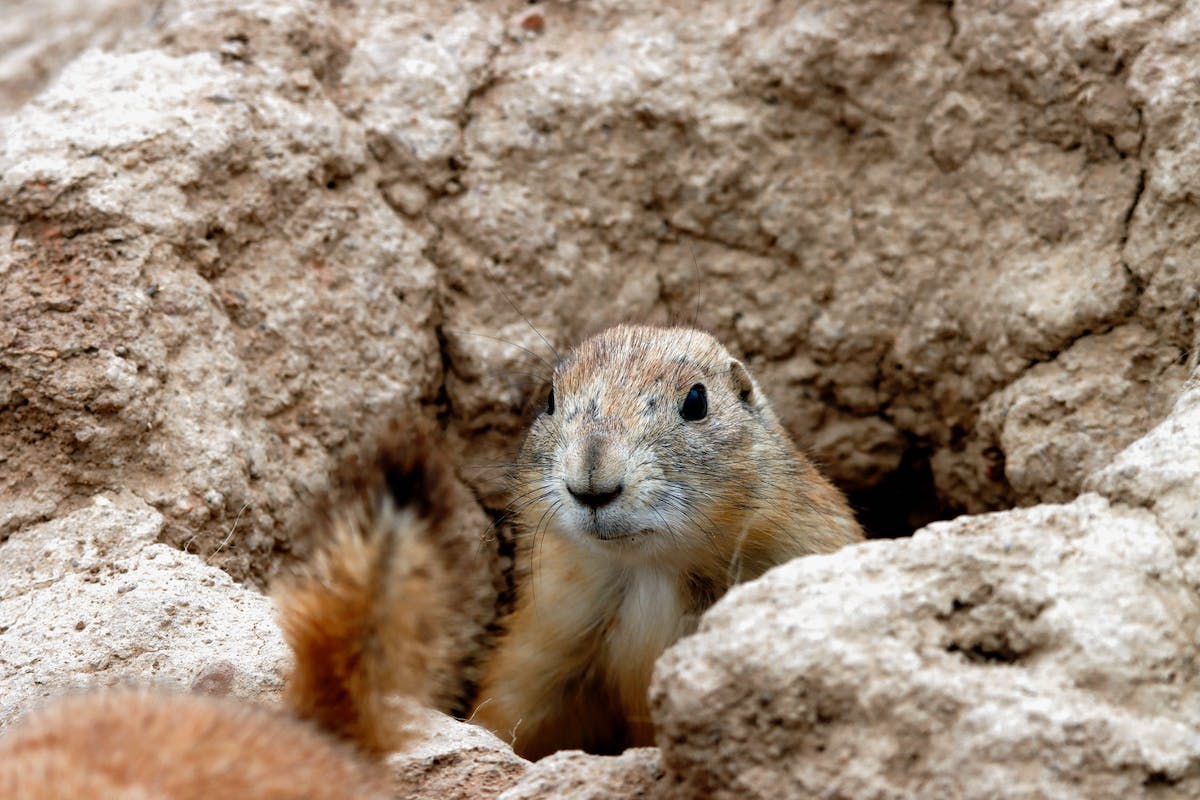As our understanding of ecosystems has deepened, so has our appreciation of the role of keystone species. A keystone is a wedge-shaped piece of stone at the crown of an arch that locks all the pieces in place. A keystone species holds an ecosystem together. Without such a species, an entire ecosystem would radically change and often collapse altogether.
Keystone species perform in various ways. There are apex predators, which keep a balance among many other populations. When these top predators are removed, ecosystem imbalance follows. Creatures they once hunted multiply rapidly, pushing out other organisms and reducing community diversity. Sea otters are apex predators. They maintain the health of coastal kelp forests — forests that provide food, shelter, nursery habitat, and hunting grounds for an abundance of fish, marine mammals, and other species. When otters were hunted to near extinction, the population of sea urchins, their principal food, exploded. The result was urchins consuming the giant kelp to the point of destruction. Decimation of these forests exposes our coastline to the ravages of violent storms.
As we killed off wolves, ecosystems changed and went into decline. When wolves were reintroduced into Yellowstone National Park, scientists were amazed at how rapidly they restored a biodiverse community. In our coastal tide pools, the sea star is the species that controls diversity, for when they are absent, mussels crowd out 15 or more other tide-pool dwellers, including algae, limpets, anemones, and sponges.
Salmon is a keystone that exerts control as both predator and prey, while also supplying critical nutrients to both aquatic and terrestrial riparian ecosystems. They migrate between freshwater and open ocean throughout their lifetimes, during which they impact 137 other species in all kinds of ways.
Ecosystem engineers are another keystone category. They create, modify, or maintain the landscape around them. They influence the prevalence and activities of other organisms and help define the biodiversity of their surroundings. Beavers are the quintessential example of this type. Their dams create ponds, wetlands, and marshes that support a rich concentration of fish, insects, amphibians, birds, and animals. They provide a remarkable number of services: improve water quality, replenish aquifers, alleviate drought, reduce flooding, and diminish the risk of wildfires.
Another bioengineer is the prairie dog. Approximately 150 species of birds and animals rely on ecosystems created by them for their sustenance and habitat, including burrowing owls, coyotes, hawks, ferrets, bison, elk, and jackrabbits.
The mutualist keystone is typified by two or more species engaging in reciprocally vital interaction. Pollinators and hummingbirds fit this pattern. They rely on specific plants for nourishment, and the plants rely on them to reproduce. Bees are critical to 90 percent of the world’s flowering plants, which produce most of the seeds, nuts, berries, and fruit on which countless other species depend, including us humans.
We need to do everything possible to support awareness, research, and policies to protect, enhance, and restore ecosystems and their vital keystone species.

 on Google
on Google 


